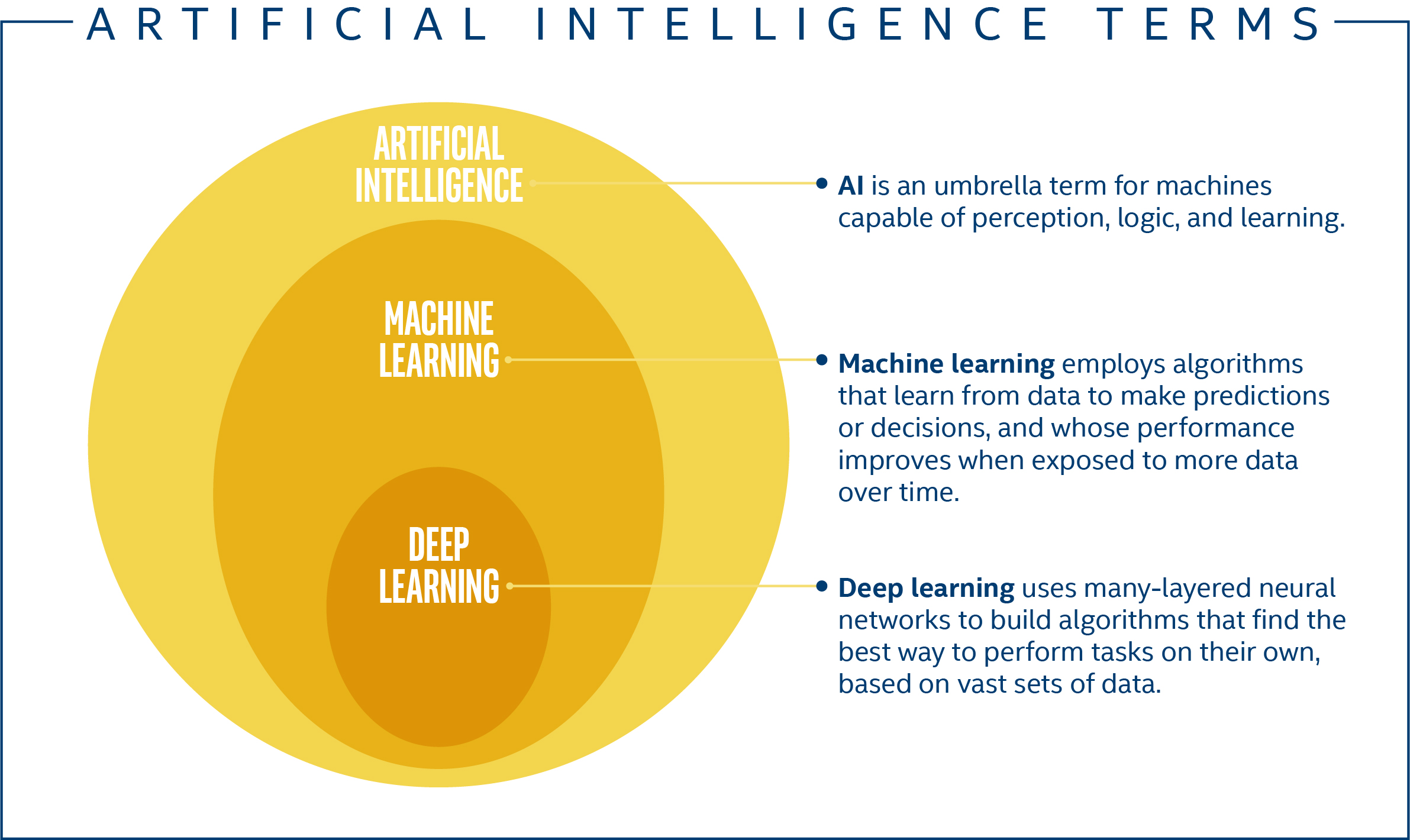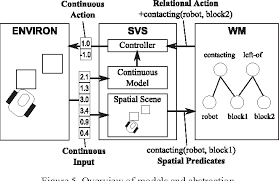
AI is becoming increasingly important as the climate continues to change. This can help determine where products will be sold. Advanta, an Australian Seed Company, is one example of how ClimateAi has been used to guide climate-driven product placement. Advanta was able to move its inventory to key markets using ClimateAi's forecast of precipitation. This was weeks before other companies were aware that there had been a precipitation event. The company saw a five- to ten percent rise in sales.
Challenges
Climate Analytics Coalition, a global consortium of experts from academia and startups as well as the public and private sector, is inclusive and multidisciplinary. The coalition promotes climate solutions that are promising by increasing visibility and access to those who can help. All of us are responsible for the protection of our common home. But, it's also important to address climate change's challenges and ensure ethical and responsible stewardship. These issues are discussed in this article. Then we will look at how AI could benefit our global community.
Although the natural ecosystems of the world play an important role in removing carbon dioxide from the atmosphere, it requires large amounts of data. AI can process large amounts of data. Industrial processes are a complement to natural ecosystems, but they are still in an early stage and require large investments. AI could be a solution to these problems. It can also help reduce the negative impacts of climate change by reducing greenhouse gas emissions. However, there are also some ethical concerns that AI has.

Resources
In the past 20 years, there have been 7,348 major disaster events, with 1.23 million deaths and USD 2.97 trillion in global economic losses. While AI has made climate research much easier, it is still a complex topic and is not well-understood by many organizations. The challenge lies in ensuring that AI solutions are user-friendly, provide tangible benefits, and offer clear information that guides action. With this in mind, big tech companies have taken action to mitigate the negative effects of climate change.
To combat climate change, governments are increasingly turning to machine-learning systems. They use algorithms and patterns to predict, recommend, and even make decisions. Rise Fund, TPG's impact investment arm, recently invested $100 million in Climavision, a Kentucky startup that has developed an AI-based forecasting system. An intergovernmental roadmap for the use of AI to combat climate change is expected to be launched at the COP26 climate summit in Scotland.
Potential
Although climate change has been accepted as a scientific fact, many aspects remain unknown. AI can process large quantities of multi-dimensional, non-structured data to make predictions about future trends. Here are some benefits of AI for climate science. The following are three methods this technology can be used in solving climate problems. These technologies may have a major impact on the future development of the planet. They could also help improve the health of the public.
AI for climate changes solutions is an emerging field with many applications. AI is being used in China to help design smarter cities and monitor the Amazon's deforestation. There are also applications for better energy-efficiency buildings and the deployment of renewable energies. Artificial intelligence (AI) could be used to automate home tasks, such as turning off lights when not in use. It could also be used to send energy from electric vehicles back into a power grid. While AI's impact on climate change remains unknown, AI has the potential of being an important tool.

Impact
AI has the potential of helping us to understand and respond better to climate change. It is an extremely powerful tool that can analyze huge amounts of data. Researchers have been forced to transfer their work to the private sector by the high costs of computing resources. AI-driven software is now available to predict and understand the behavior of climate systems. The AI-powered tools may reduce greenhouse gas emissions by up to 4% by 2030. AI can also help us understand and predict the dynamic of the ice sheets, and sea level.
Although AI is already having an impact on climate change, it is hard to quantify the extent of its impact. There are many initiatives that document the effects of AI on climate. This section of the report highlights the challenges that remain to be overcome. These challenges include the use of AI for climate change and its ethical and social implications. AI must be used responsibly with social expectations and following ethical standards. AI could have a negative impact upon the environment if ethical considerations aren't considered.
FAQ
AI: Is it good or evil?
AI can be viewed both positively and negatively. It allows us to accomplish things more quickly than ever before, which is a positive aspect. It is no longer necessary to spend hours creating programs that do tasks like word processing or spreadsheets. Instead, we can ask our computers to perform these functions.
The negative aspect of AI is that it could replace human beings. Many believe that robots could eventually be smarter than their creators. They may even take over jobs.
Is AI possible with any other technology?
Yes, but not yet. Many technologies exist to solve specific problems. All of them cannot match the speed or accuracy that AI offers.
Who is the inventor of AI?
Alan Turing
Turing was conceived in 1912. His father was a clergyman, and his mother was a nurse. At school, he excelled at mathematics but became depressed after being rejected by Cambridge University. He learned chess after being rejected by Cambridge University. He won numerous tournaments. He worked as a codebreaker in Britain's Bletchley Park, where he cracked German codes.
He died in 1954.
John McCarthy
McCarthy was born in 1928. McCarthy studied math at Princeton University before joining MIT. He developed the LISP programming language. By 1957 he had created the foundations of modern AI.
He died in 2011.
What are the potential benefits of AI
Artificial Intelligence is an emerging technology that could change how we live our lives forever. It has already revolutionized industries such as finance and healthcare. It's also predicted to have profound impact on education and government services by 2020.
AI is already being used to solve problems in areas such as medicine, transportation, energy, security, and manufacturing. As more applications emerge, the possibilities become endless.
So what exactly makes it so special? It learns. Unlike humans, computers learn without needing any training. Instead of being taught, they just observe patterns in the world then apply them when required.
AI stands out from traditional software because it can learn quickly. Computers can scan millions of pages per second. They can recognize faces and translate languages quickly.
It doesn't even require humans to complete tasks, which makes AI much more efficient than humans. It can even outperform humans in certain situations.
2017 was the year of Eugene Goostman, a chatbot created by researchers. It fooled many people into believing it was Vladimir Putin.
This shows that AI can be extremely convincing. Another benefit is AI's ability adapt. It can be taught to perform new tasks quickly and efficiently.
This means businesses don't need large investments in expensive IT infrastructures or to hire large numbers.
Which are some examples for AI applications?
AI is used in many areas, including finance, healthcare, manufacturing, transportation, energy, education, government, law enforcement, and defense. Here are just a few examples:
-
Finance - AI is already helping banks to detect fraud. AI can spot suspicious activity in transactions that exceed millions.
-
Healthcare – AI helps diagnose and spot cancerous cell, and recommends treatments.
-
Manufacturing - AI is used in factories to improve efficiency and reduce costs.
-
Transportation - Self driving cars have been successfully tested in California. They are currently being tested around the globe.
-
Utilities are using AI to monitor power consumption patterns.
-
Education - AI can be used to teach. Students can communicate with robots through their smartphones, for instance.
-
Government – Artificial intelligence is being used within the government to track terrorists and criminals.
-
Law Enforcement – AI is being used in police investigations. Detectives can search databases containing thousands of hours of CCTV footage.
-
Defense - AI can be used offensively or defensively. Artificial intelligence systems can be used to hack enemy computers. For defense purposes, AI systems can be used for cyber security to protect military bases.
AI: What is it used for?
Artificial intelligence (computer science) is the study of artificial behavior. It can be used in practical applications such a robotics, natural languages processing, game-playing, and other areas of computer science.
AI is also called machine learning. Machine learning is the study on how machines learn from their environment without any explicitly programmed rules.
AI is widely used for two reasons:
-
To make life easier.
-
To be better at what we do than we can do it ourselves.
Self-driving vehicles are a great example. AI is able to take care of driving the car for us.
Which countries are leaders in the AI market today, and why?
China is the leader in global Artificial Intelligence with more than $2Billion in revenue in 2018. China's AI industry is led by Baidu, Alibaba Group Holding Ltd., Tencent Holdings Ltd., Huawei Technologies Co. Ltd., and Xiaomi Technology Inc.
China's government is investing heavily in AI research and development. The Chinese government has created several research centers devoted to improving AI capabilities. These centers include the National Laboratory of Pattern Recognition and the State Key Lab of Virtual Reality Technology and Systems.
China is also home to some of the world's biggest companies like Baidu, Alibaba, Tencent, and Xiaomi. All of these companies are currently working to develop their own AI solutions.
India is another country where significant progress has been made in the development of AI technology and related technologies. India's government is currently focusing its efforts on developing a robust AI ecosystem.
Statistics
- Additionally, keeping in mind the current crisis, the AI is designed in a manner where it reduces the carbon footprint by 20-40%. (analyticsinsight.net)
- By using BrainBox AI, commercial buildings can reduce total energy costs by 25% and improves occupant comfort by 60%. (analyticsinsight.net)
- In the first half of 2017, the company discovered and banned 300,000 terrorist-linked accounts, 95 percent of which were found by non-human, artificially intelligent machines. (builtin.com)
- A 2021 Pew Research survey revealed that 37 percent of respondents who are more concerned than excited about AI had concerns including job loss, privacy, and AI's potential to “surpass human skills.” (builtin.com)
- More than 70 percent of users claim they book trips on their phones, review travel tips, and research local landmarks and restaurants. (builtin.com)
External Links
How To
How to build a simple AI program
A basic understanding of programming is required to create an AI program. There are many programming languages to choose from, but Python is our preferred choice because of its simplicity and the abundance of online resources, like YouTube videos, courses and tutorials.
Here's an overview of how to set up the basic project 'Hello World'.
First, open a new document. On Windows, you can press Ctrl+N and on Macs Command+N to open a new file.
Type hello world in the box. Enter to save this file.
Now, press F5 to run the program.
The program should show Hello World!
This is just the beginning, though. If you want to make a more advanced program, check out these tutorials.